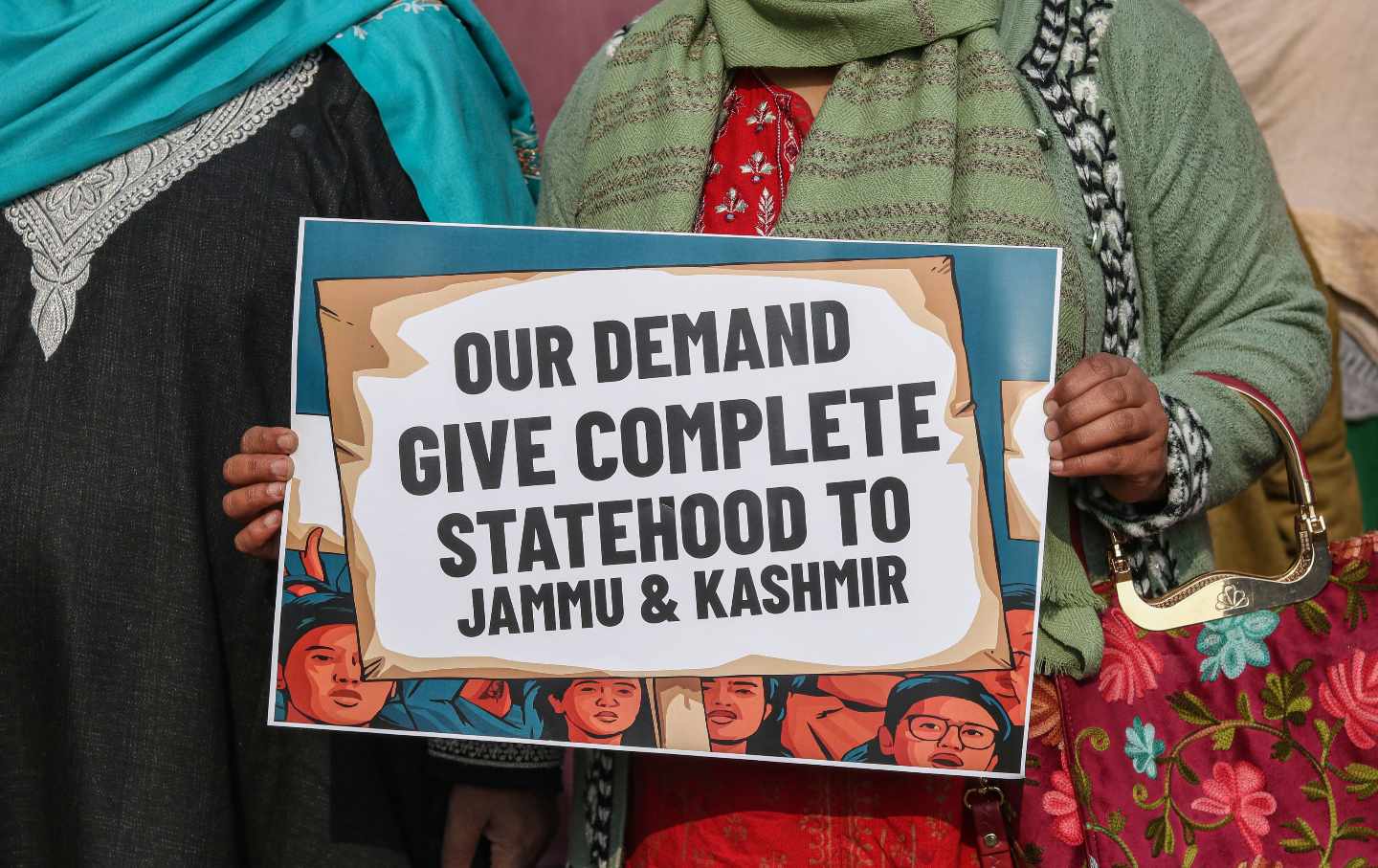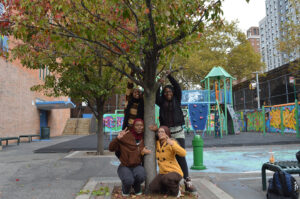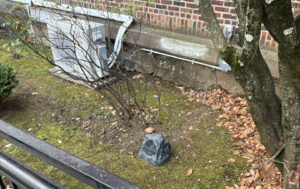September 4, 2025
How Young Kashmiris Shape the Struggle for Self-Determination
By Nic Wong
Silenced and sidelined and between nation-states, young people are organizing for an independent Kashmir.

Growing up under “the shadow of a gun,” Sadiq chose to pick up a camera. As a photographer and writer, Sadiq covers national politics and human rights in Kashmir, providing on the ground reporting for local and international outlets, including Al Jazeera, Jacobin, and The Quint. It’s dangerous work. “We could be jailed,” Sadiq said, who requested a pseudonym to protect his safety. “Are they watching me? Are they watching my family?” he asks in the field. “What’s going to happen next?”
Kashmir is one of the most militarized regions in the world, located in the northwestern region of the Indian subcontinent between mountain ranges and rivers. For centuries, Kashmir has been governed by non-Kashmiris, living instead under the rule of various empires—including the Mughals, Afghans, Sikhs, and Dogras prior to the subcontinent’s partition. Under 101 years of Dogra rule, Kashmiris could not hold land, control crops, or speak their native language, as Koshur was replaced with Urdu. This rule was marked by Hindu supremacy, where Kashmiri Muslims paid taxes for getting married and faced restrictions on religious practices.
After the partition, India and Pakistan fought multiple wars with Kashmir at the center. Ever since, Kashmiris in the borderlands have been sidelined and silenced, living under the realities of militarization, occupation, and international conflict.
Yet Kashmir’s history is also marked by a decolonial struggle for self-determination and autonomy. As a continuation of this struggle, some Kashmiris have turned toward sharing their stories—an act that carries high costs.


